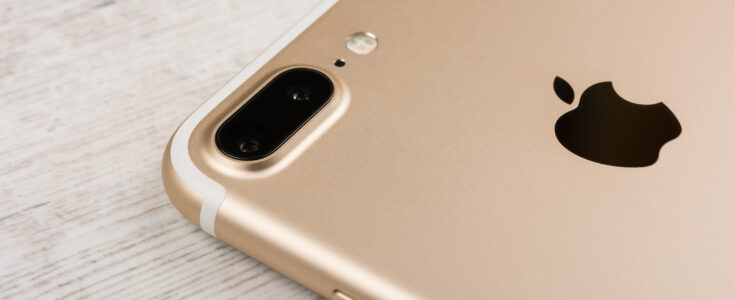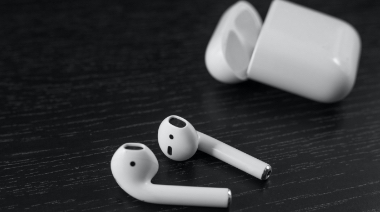
Let’s Get Testing: the iPhone 7

Yesterday Apple revealed the long-awaited iPhone 7. While would-be users and gadget-lovers everywhere obsess about the wealth of new features – the AirPods, the souped-up RAM, the camera improvements and water resistance – the developer community will be looking beyond the headlines and asking, what impact will it have on testing?
Much as the big kid in me would love to test its water resistance, it turns out there is plenty of internet footage dedicated to this feature already. Of course, we won’t fully know what it means for test and dev until we’ve observed it and the new iOS 10 some more, and until full cycles have been run for test automation, performance and app monitoring. But based on what we’ve seen, here’s our first take on what testers might be able to expect.
 AirPods: the demise of the 3.5mm jack was expected and the new wireless earphones or AirPods were hotly anticipated. Voice and music components of apps will need special attention to ensure they still work flawlessly even after the removal of the headphone jack and the addition of stereo speakers.
AirPods: the demise of the 3.5mm jack was expected and the new wireless earphones or AirPods were hotly anticipated. Voice and music components of apps will need special attention to ensure they still work flawlessly even after the removal of the headphone jack and the addition of stereo speakers.
RAM, bam, thank you ma’am: users of the new phone will notice its speed, thanks to the A10 Fusion chip with its 64-bit four core CPU. Sounds great? Yes, this speed will be apparent in everything from how quickly you can launch the camera app, to how long it takes to load a web page, to the time it takes to download large apps and files. This means that performance testing on the new platform will need to be focused on specific apps and features to be relevant.
Lights, camera, action: new camera features, including the dual lens on the iPhone 7 Plus generated buzz at the launch. Apps that rely on a camera component, like PokémonGo, will need to be calibrated to make sure they work as they should. We’ll have to wait and see how the combination of the new camera and the improved battery life interact when it comes to heavy-usage battery-draining apps.
Test script scramble: you could find yourself running test scripts that suddenly break when executed on the new device. UI changes or different reference mapping in the test scripts may be to blame, so addressing these areas should resolve the major issues.
If you are looking for more in-depth guidance on how to assimilate the iPhone 7 or any other device into your test practices, stay tuned to the Apexon blog, or contact us directly.
Interested in our Development Services?
Other stories you may enjoy...
iOS: Unrevealed Better way of Communication
Apart from few games and static utility applications, most of the iPhone applications communicate with the remote server. As long as the payload is limited to few kilobytes and...
